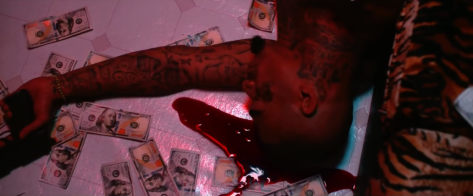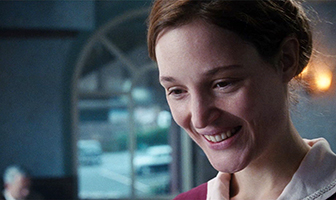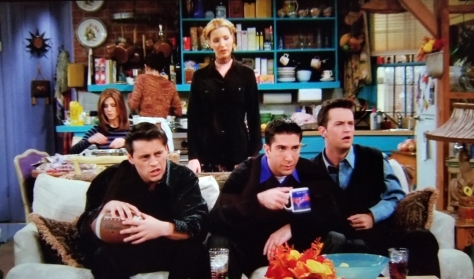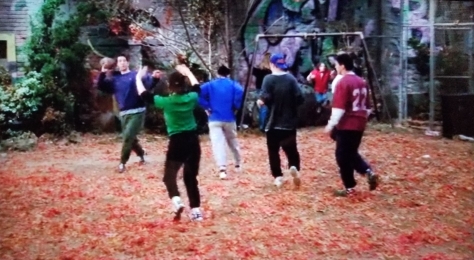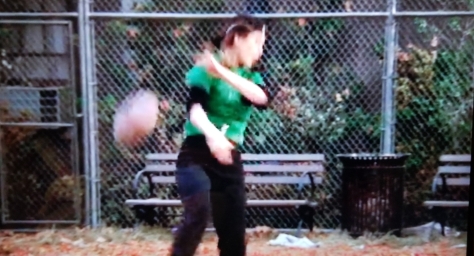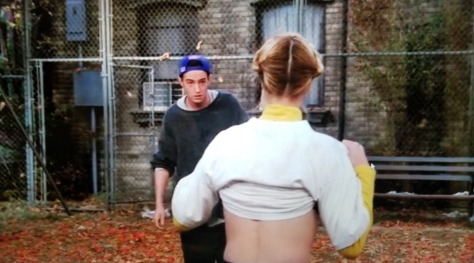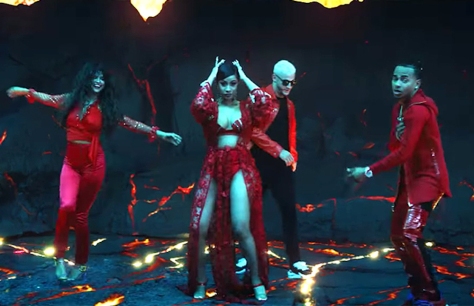Christina Aguilera’s music video, Dirrty(2002), starts off with a close up frame of her rear end, cutting to a zoomed in scene of her zipping up a jacket over her almost-bare chest. Then to her glossed lips, multiple times. Within the first 20 seconds of the video, Mulvey’s theory of scopophilia and male gaze is demonstrated.
In Mulvey’s essay, “Visual Pleasure and Narrative Cinema” she describes scopophilia as coming from “pleasure in using another person as an object of sexual stimulation through sight (32)”. Which intertwines with the idea of the male gaze, the male projecting his fantasy and objectifying the female figure. “In a world ordered by sexual imbalance, pleasure in looking has been split between active/male and passive/female(33).” These concepts are extremely evident throughout the music video.
So this video has A LOT going on. It’s about 30 seconds in and Christina is in a metal cage, similar to the ones they keep animals in, being lowered into a boxing ring. The ring is surrounded by yelling, rowdy men. All the while dancing provocatively in a bikini top and cutout pants(??) – not quite the outfit used in boxing. This already is a good example of the male gaze in action. “In their traditional exhibitionist role women are simultaneously looked at and displayed, with their appearance coded for strong visual and erotic impact(33)”. Throughout the rest of the video, Aguilera continues to dance in a way that prompts the gaze – playing to and signifying male desire.

Reference:
Mulvey, Laura. “Visual Pleasure and Narrative Cinema.” Issues in Feminist Film Criticism, 1990, pp. 33.
















